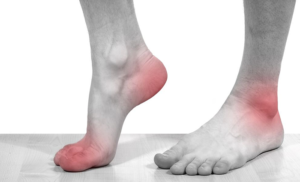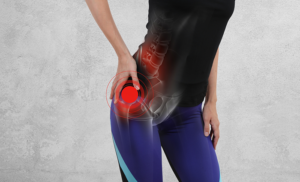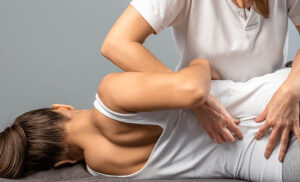What Causes Foot Pain: Understanding It’s Treatment and Managment Our feet bear the weight of our bodies and are involved...
Read MoreOur Latest Blog Posts
Read our latest blog posts to get expert advice on how to relieve pain, stay healthy, and enjoy your active lifestyle without pain and limitations.
KNEE PAIN: CAUSES, SYMPTOMS, DIAGNOSIS, AND MANAGEMENT
Knee Pain: Causes, Symptoms, Diagnosis and Management Knee pain is a widespread issue that can affect anyone at any age....
Read MoreTHE ROLE OF PHYSICAL THERAPY IN HIP PAIN
The Role Of Physical Therapy In Hip Pain Hip pain is known to be the most prevalent and debilitating musculoskeletal...
Read MoreFinding Relief from Neck and Back Pain with the Postural Restoration Institute Method
Finding Relief From Neck And Back Pain With The Postural Restoration Institute Method Neck and back pain can be nagging...
Read MoreUNDERSTANDING PAIN & THE ROLE OF PHYSICAL THERAPY IN ITS MANAGMENT
Understanding Pain The Role Of Physical Therapy In Its Managment WHAT IS PAIN? Pain is an unpleasant feeling that is...
Read MoreYOU ARE NOT AN OBJECT!
You Are Not an Object Therapeutic Insight: The Myofascial Release Perspective— You Are Not an Object By John F. Barnes,...
Read MoreRUFUS, THE CAT
Rufus The Cat Therapeutic Insight: The John F. Barnes’ Myofascial Release Perspective— Rufus, the Cat By John F. Barnes, P.T.,...
Read MoreTHE HEALTH SYSTEM IS SICK – A QUICK REFLECTION
The Health System Is Sick A Quick Reflection You may have heard this already… recent numbers show $3.3 Trillion dollars...
Read MoreBENEFITS OF ACUPUNCTURE FOR FACIAL REJUVENATION
Benefits Of Acupuncture For Facial Rejuvenation Acupuncture is a traditional Chinese healing method that is commonly used for therapeutic purposes....
Read MoreACUPUNCTURE FOR FACIAL PAIN, HEADACHES, NEURALGIA AND JAW PAIN
Acupuncture For Facial Pain Headaches Neuralgia And Jaw Pain Acupuncture is an ancient Chinese treatment method that is based on...
Read MoreTHE SURPRISING BENEFITS OF GOOD STANDING POSTURE
The Surprising Benefits Of Good Standing Posture Good standing posture is the alignment of your body in a manner that...
Read MoreMYOFASCIAL RELEASE: UNDERSTANDING ITS TECHNIQUE AND BENEFITS
Myofascial Release Understanding Its Technique And Benefits Myofascial release is a type of manual therapy used for the treatment of...
Read More











